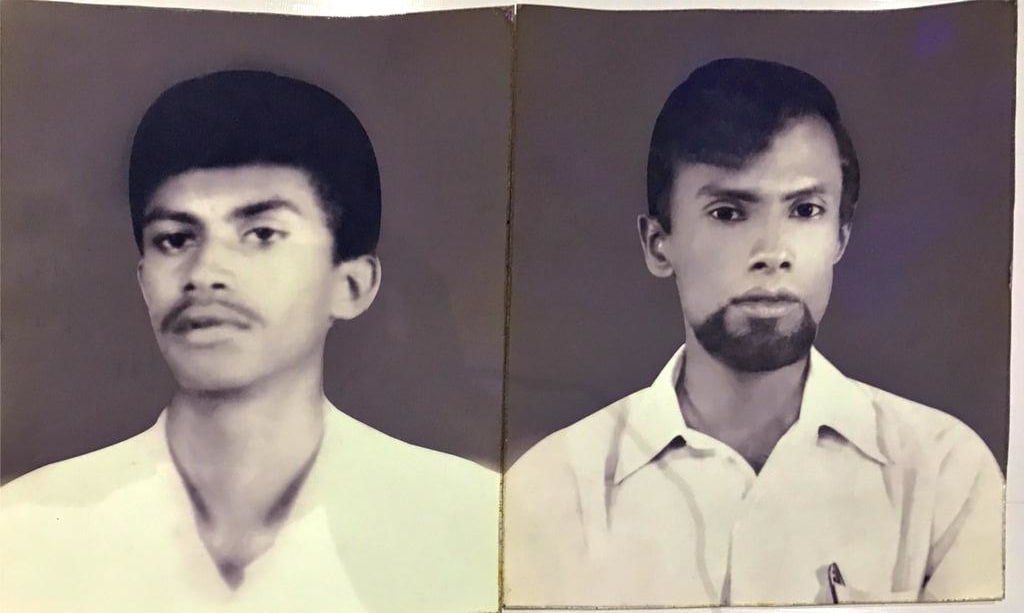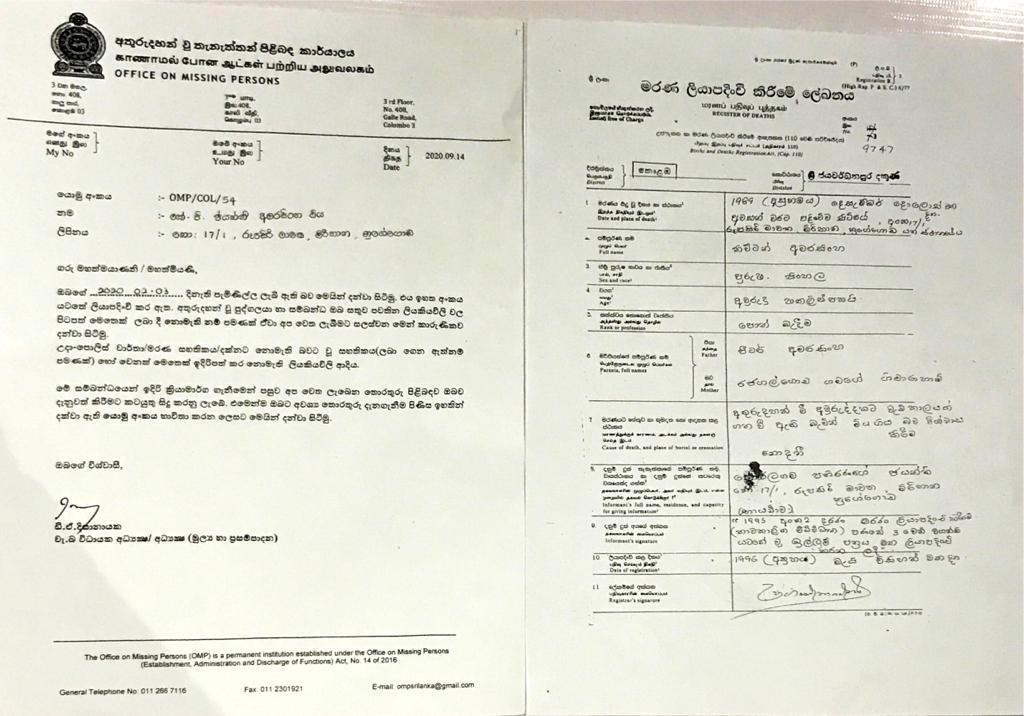An enforced disappearance is referred to as the arrest, detention, abduction or any other form of deprivation of liberty by officials of the State or by people or groups acting with the authorisation and support of the State. This is further followed by a refusal to state the whereabouts and fate of the disappeared person.
The victims of enforced disappearance are people who have literally disappeared; from their loved ones and their community and are never to be seen again. They are frequently tortured and many are killed or live in constant fear of being killed. They know their families have no idea where they are and that there is little chance anyone is coming to help them. Even if the victims escape from their captive’s clutches, they are scarred for life due to the physical and psychological damage they endure.

Enforced disappearance around the world is frequently used as a strategy to suppress opposition or to spread terror within society. The insecurity felt by those who are at risk and the fear it generates is unlimited to the loved ones of the disappeared. However, this also affects communities and society as a whole.
THE PROBLEM, A GLOBAL ISSUE
Enforced disappearances which were once largely used by military dictatorships are now happening in every region in the world and in a wide range of contexts. These disappearances are commonly carried out in internal conflicts, particularly by governments trying to repress political opponents or by armed opposition groups. Many victims of enforced disappearance have been arbitrarily arrested or detained – in other words, arrested or detained without a warrant of arrest.

The latest report by the UN highlights that Sri Lanka has the second-highest number of enforced disappearances, falling right behind Syria. Accordingly, it is estimated that since the late 1980s, 100 000 people have been abducted by official forces. Most of these enforced disappearances took place during the civil war that lasted from 1983 to 2009. These disappearances were spearheaded by the dominant parties that fuelled the war, the government and the Liberation Tigers of Tamil Eelam (LTTE). The LTTE who fought to free the Northern part of Sri Lanka as an Independent state was one of the main causes for most of the people who were abducted has been of Tamil descent.
Recently enforced disappearances started to pick up their pace soon after the infamous ‘Peoples Struggle in Sri Lanka’ dubbed as the Aragalaya Movement came to an end. Several people have allegedly disappeared within the span of the last few months. These enforced disappearances are rumoured to be conducted by the State to oppress its opposition. Human Rights Activists, who were abducted, tortured and later released are living witnesses to the crime of enforced disappearances in broad daylight in the 21st century.
However, anything notable is yet to be done in the context of bringing those responsible for this malicious crime to justice. According to the protesters of the infamous Aragalaya movement, the Justice system is proven to be broken beyond repair in Sri Lanka.
WHO IS AT RISK; IMPACTS LEFT BEHIND

Human rights activists, close contacts of those already disappeared, key witnesses journalists and lawyers seem to be particular targets. Firstly, these disappearances violate multiple human rights of the disappeared and then automatically place them at a much higher risk of being tortured and/or killed. The whereabouts of disappeared persons are often never disclosed, making it difficult to gain information about how disappeared persons are treated.
Secondly, enforced disappearances impact communities on a larger scale as the loss of individuals leave many unanswered questions. Additionally, this is also a big burden for all societies as many experience fear and insecurity for themselves and for their loved ones in areas where such enforced disappearances take place. Countries such as Sri Lanka, are pressured to be held accountable in several international forums over the last decade. However, alleged accusations remain unanswered until today.
Globally, men are the vast majority of victims of enforced disappearances. However, it is the women in their lives who most often lead the horrendous struggle to find out what happened in the minutes, days and years since the disappearance – putting themselves and their loved ones at further risk of intimidation, persecution and violence.
On top of this, the disappeared individual is often the family’s main breadwinner. Additionally, this is made even worse by some national laws that don’t let you draw a pension or receive other support without a death certificate.

AGONY AND DANGER FOR FAMILIES
Family and friends of the disappeared experience slow mental anguish. Not knowing whether their father or mother, son or daughter is still alive, where he or she is being held, or how they are being treated. Always being on the lookout for the truth may put the whole family in great danger. However, not knowing if their loved one will ever return often leaves their close contacts in a state of limbo.
Enforced disappearances in Sri Lanka have been a serious issue since the late 1980s up to date. Enforced disappearances became a common matter in the Northern and Southern during times of conflict and calamity. However, enforced disappearance did not just limit itself to the rural areas of the Island but also extended to the urban cities.
Newton Amarasinghe and his son Janaka Amarasinghe are one such victim of enforced disappearance in the urban city of Colombo. His wife Jayanthi Amarasinghe is a living witness to her husband and son’s disappearance. Jayanthi who lived by the scars of her agony and anguish is yet to receive any sort of justice in the context of the disappearance of her loved ones. She has pleaded her case to several News Outlets, Human Rights institutions and even to Former President Mahinda Rajapakshe. However, her efforts were in vain until this very day.


INTERNATIONAL LAWS AND TREATIES ON ENFORCED DISAPPEARANCE
The International Convention for the Protection of All Persons from Enforced Disappearance came into effect in 2010. The convention aims to prevent enforced disappearances, uncover the truth when they do happen and make sure survivors and victims’ families receive justice, truth and reparation. The Convention is one of the strongest human rights treaties ever adopted by the United Nations. Unlike several other crimes under international law, enforced disappearances were not prohibited by a universal legally binding instrument before the Convention came into force in 2010.
Sri Lanka adopted the act against enforced disappearances in the recent past despite being the second most vulnerable nation to enforced disappearances. The country also has its very own institution, the Office of Missing Persons more commonly known as the OMP. However, there have not been any measures taken by this institution that resulted in any notable outcome favourable to the close contact of the victims who are still burdened by the loss of their loved ones.


